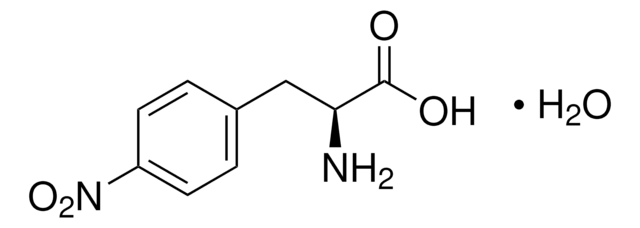About This Item
Recommended Products
grade
ACS reagent
vapor density
<0.3 (25 °C, vs air)
vapor pressure
1 mmHg ( 146 °C)
description
Free from suspended or insoluble matter
Nominally 95-98% H2SO4
Assay
95.0-98.0%
form
liquid
ign. residue
≤5 ppm
color
APHA: ≤10
pH
1.2 (5 g/L)
bp
~290 °C (lit.)
density
1.840 g/mL at 25 °C (lit.)
anion traces
MnO4- reducers: ≤2 ppm
chloride (Cl-): ≤0.2 ppm
nitrate (NO3-): ≤0.5 ppm
cation traces
As: ≤0.01 ppm
Fe: ≤0.2 ppm
Hg: ≤5 ppb
NH4+: ≤2 ppm
heavy metals (as Pb): ≤1 ppm
SMILES string
OS(O)(=O)=O
InChI
1S/H2O4S/c1-5(2,3)4/h(H2,1,2,3,4)
InChI key
QAOWNCQODCNURD-UHFFFAOYSA-N
Looking for similar products? Visit Product Comparison Guide
Signal Word
Danger
Hazard Statements
Precautionary Statements
Hazard Classifications
Eye Dam. 1 - Met. Corr. 1 - Skin Corr. 1A
Storage Class Code
8B - Non-combustible corrosive hazardous materials
WGK
WGK 1
Flash Point(F)
Not applicable
Flash Point(C)
Not applicable
Certificates of Analysis (COA)
Search for Certificates of Analysis (COA) by entering the products Lot/Batch Number. Lot and Batch Numbers can be found on a product’s label following the words ‘Lot’ or ‘Batch’.
Already Own This Product?
Find documentation for the products that you have recently purchased in the Document Library.
Customers Also Viewed
Our team of scientists has experience in all areas of research including Life Science, Material Science, Chemical Synthesis, Chromatography, Analytical and many others.
Contact Technical Service





